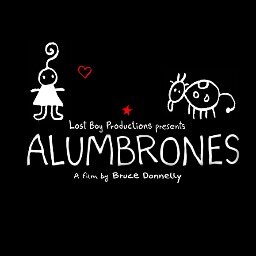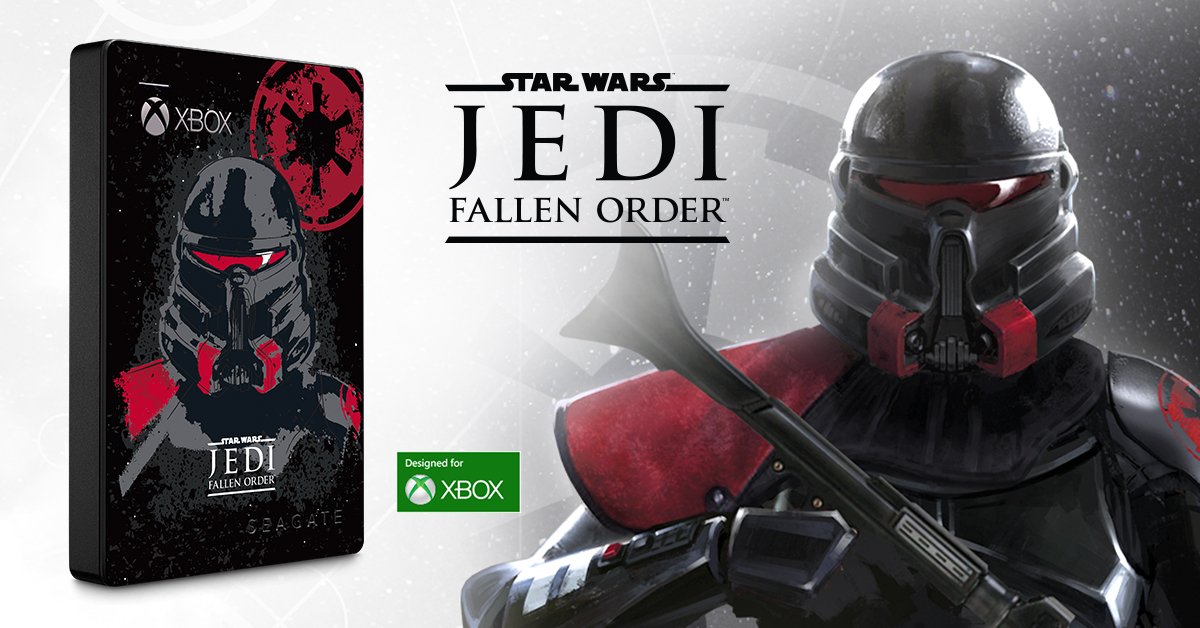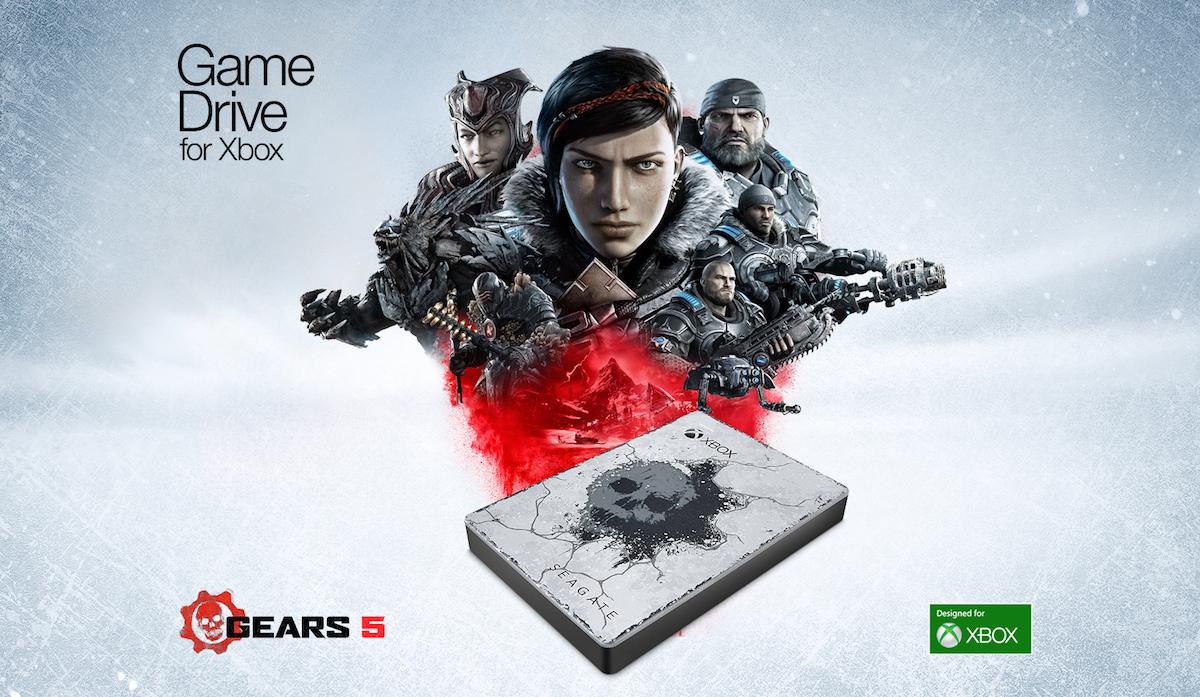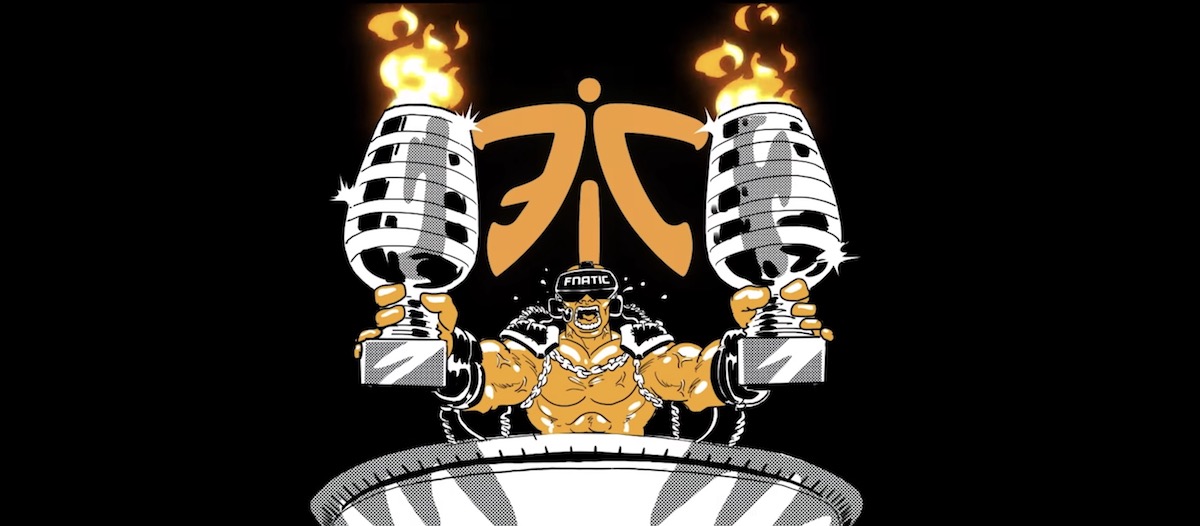We had a chance to chat with Bruce Donnelly from Lost Boy Productions/DKR Films about their documentary Alumbrones
Alumbrones is a documentary feature about life in Cuba, seen through the eyes of local artists. From the troubled “Special Period,” following the collapse of the Soviet Union, when Cuba lost 90 percent of its trade overnight and food and supplies were scarce, to the uncertain future and radical changes it faces, this beautiful film captures a country at a time of significant transformation.
Alumbrones – Trailer (Cuba Documentary) from Lost Boy Films.
Through talking with Bruce, we get some keen insight on things to consider while shooting abroad and the importance of storage while on location.
SeagateCreative: Your production team travels to Cuba frequently; how do you handle customs issues in regards to transporting gear and being in the field there?
Bruce Donnelly: Working in Cuba is without question both a thrilling and challenging place to shoot a film. 3 years ago, I began developing an idea for a documentary feature Alumbrones that would look at the lives and work of visual artists in Cuba, and as much as I tried to prepare myself for the place and its politics and the many hoops and hurdles I’d have to maneuver through, nothing quite prepared me for the real thing.
In preparation for our shoot, we applied for any and all necessary permits, with full-disclosure as to the nature and content of the project. With clearance to shoot, our D.P. and I arrived at the airport in Havana, heavily laden with our equipment. Every item we had with us was very carefully chosen, as there were many factors and issues to consider that would potentially impede our production.
Conditions are generally not conducive to an easy shoot, with transportation being fairly limited to old cars and taxis, and general supplies being very scarce indeed. In fact, there are simply no supply stores for any filmmaking equipment, whether it would be to buy anything new, or to fix or replace anything broken or missing from the set. For that reason, we tried carrying at least two of everything, should anything go awry.
Despite arriving with filming permits, the Cuban authorities were still very sticky with regards to some items of equipment. They remain very suspicious of any and all sound-recording devices, as well as hard drives of any size and shape going in and out of the country.
Whilst I am happy to find ways to simplify and adjust to having fewer items on set with us, I remain somewhat paranoid about having a lack of storage for all our footage, as well as the multiple back-ups thereof. We solved our sound-recording problem by hiring a local crewmember that had his own boom mic, lavaliers and mixer.
The hard drives were an issue we had to solve on our own, though. It’s little problem to arrive in Havana with one, or perhaps two hard drives, but anything in excess of that raises eyebrows and could potentially threaten production. I’m still unclear as to why this should suddenly become an issue passed a certain point, but like most things in Cuba, the more you try to make sense of things, the more unclear they become. So, we set out to resolve this problem by getting all crew members to bring large, durable hard drives with them on the way in…and disperse multiple copies amongst ourselves on the way out. This definitely helped to lessen my anxiety and ensure that our footage was safely stored, backed-up and distributed, should any of us encounter problems leaving.
 SeagateCreative: Walk us through the process of how your team uses hard drives when working on a documentary?
SeagateCreative: Walk us through the process of how your team uses hard drives when working on a documentary?
BD: The nature of your production and the locations you may find yourself in, are major determining factors in the kinds of hard drives you use and the way you use them.
When working in Cuba, the reality of being in production is really quite different from anywhere else. Shooting Alumbrones found us in multiple locations each day, never in the same place twice, so there was no base of operations per se. We worked in small, indoor spaces and studios, as well as a lot of rough terrain, without access to power supplies of any kind. Even with occasional power supplies, electricity in Cuba is notorious for being intermittent and unreliable, so much so that it even inspired the title: Alumbrones, which is a slang term the Cubans gave to those rare and brief moments when electricity would be available to them, which is something they had to endure during their most difficult years.
All our equipment therefore needed to work on battery power and our hard drives had to run off the laptops. Not only that, but they needed to be compact and durable enough to survive the conditions they found themselves in. Also, being somewhat limited in the number of hard drives we could bring into the country and with buying any additional storage within the country simply not being an option, the few drives we had with us, were 2TB each (the maximum available at the time), to ensure we had as much storage space as was possible.
SeagateCreative: Your latest film, Alumbrones, chronicles the journey of twelve contemporary Cuban artists, how did you pick your film subjects and decide what stories to tell?
BD: I’ve lived most of my life harboring a strange fascination with Cuba, growing up mesmerized by the incredibly intoxicating images and sounds of the place and its people, trying to wrap my brain around the peculiar dichotomy of Havana’s once opulent lifestyle, unimaginable wealth and decadence seen in its homes, buildings and streets that have for decades been left to crumble, like something reminiscent of the fall of Rome.
The richness of these contrasts and colors have always stuck with me and by sheer chance, I visited Galeria Cubana in Boston a little more than three years ago, a gallery dealing exclusively with Cuban artists still living on the island. I was immediately struck by the incredible quality and range of work on the walls. Each artist managed to capture something so different, yet so distinct and recognizable to the country. I was hooked from the start and developed an immediate interest in who these people were and what it was that inspired each of them to produce their work and continue doing it, despite the difficulties of producing art in Cuba, owing to the simple lack of any and all materials.
Days after my first visit, I approached the gallery owner, Michelle Wojcik, and presented the idea of doing a documentary film, based on the lives and work of some of the artists she represented. She was as enthusiastic as I was to make this film and the two of us set out to start putting all the pieces together and one-by-one, I introduced myself to each of the artists and invited them to be a part of the documentary.
It was not so much a conscious effort at the start to find the most diverse group of people possible, but in developing the project and eventually filming and editing it, it was revealed to me more and more how very different these people were, not just from each other in many ways, but from anyone I felt I’d ever met. Their creativity, warmth, acceptance, philosophies and knowledge of the world and the way it works, was a gift not only to the film, but for my own personal experience in traveling to Cuba and feeling in some way a part of it all.
In the film, I wanted to give each artist an opportunity to present their own work and the ideas and inspiration behind it and at the same time, hopefully show something of their lives and what the experience of living in a place like Havana especially, is like. As we spent more time interviewing each person and getting to know them, we began noticing a few common themes and experiences in each of their lives.
However different they may have been from each other, they have all lived their lives under similarly difficult and often times bizarre conditions. The true focus points of the film began emerging all on their own and the most fascinating stories and struggles soon became apparent.
SeagateCreative: How did Lost Boy Productions develop?
BD: Lost Boy Productions was started in 2007 in New York, as a film company that at the time had no plans to ever get into documentary making. I was developing a feature length thriller at the time, set in Edinburgh and I thought I was set for a very different career indeed.
When the economy went bust in 2008, I decided to put the brakes on that project and focus instead on more manageable work. I started developing short films in New York, including a few documentary shorts, which focused on the incredible work of a young artist in the city. Each documentary film became that bit longer and more ambitious and I was soon developing both the interest and the tools in this very different and fulfilling field.
When the idea to make Alumbrones came to me, it felt as though all the pieces were in place and that the years leading up to it, had been the preparation I needed.
In recent months, Lost Boy Productions has been going through some major changes. I have recently partnered up with two of the producers of Alumbrones, Fermin Rojas and James Kubesch, to form a new production company together, DKR Films, and incorporate into it some of the work that Lost Boy has been doing over the years.
The business is growing fast and furiously, with another documentary feature already in production, as well as a television series and two animated films. This has been an incredibly exciting move forward for Lost Boy Productions and myself and no doubt we have an exciting future ahead. !
SeagateCreative: You guys are vets of the film festival circuit with Alumbrones; what have you learned about backing up footage and transporting the film? Any tips for filmmakers new to the scene?
BD: Paranoia is the key word for me. Working entirely with digital formats is both hugely convenient, but also dangerous at times. The fear that something gets lost, or damaged and is not backed up, is a very real one for me.
In particular, when making documentaries and working under difficult conditions in countries far-removed from your everyday life, there is simply no going back for any re-shoots or pick-ups. Whatever you have is all you’re likely to ever get, so you guard it with your life. The only way to do that really, is to use reliable, durable hard drives and if you can afford it, have as many duplicates of your material as possible.
You may find other ways to cheat your budget and minimize your expenses and items of equipment, but to fall at the final hurdle and cheat yourself out of safeguarding your material and ultimately your film is being penny wise and pound-foolish.
Even with filming and editing done, you also need to consider the life of your film thereafter. Alumbrones has been fortunate enough to be selected by many festivals around the world, but managing the festival run and ensuring everything is successful, is a task all its own. We incurred the heavy cost of making a high quality Digital Cinema Package of the film for festival screenings, to be sent on hard drives to festival offices everywhere and once again, needed to ensure we used drives that were reliable, high-speed, durable and in order to save on shipping costs…light.
We’ve attended festivals where other filmmakers were unable to screen due to technical difficulties with storage devices. With 200 people sitting in the theatre, waiting to see your work on the big screen, you absolutely do not want to be having technical concerns.
So, play it safe. Don’t be cheap where it really matters and in doing so threaten your work. Back-up everything and always be that bit paranoid.
Learn more about Alumbrones on these official channels.
Official Site
Facebook
Twitter








Leave A Comment